

— Products —
 Consumer hotline +8618073152920
Consumer hotline +8618073152920 WhatsApp:+8615367865107
Address:Room 102, District D, Houhu Industrial Park, Yuelu District, Changsha City, Hunan Province, China
All products
Automated Weather Stations (AWS) is an automated weather observatory for collecting and recording weather data.AWS consists of multiple sensors and instruments that measure and record different weather elements such as temperature, humidity, wind speed and direction, barometric pressure, precipitation, etc. in real time. These sensors provide accurate and continuous meteorological data through numerical and automatic recording. The main benefits of AWS are automation and real···
Tel/WhatsApp:+8615367865107
Email:Arvin@niubol.com +Nearly 100 partner companies in more than 68 countries. We are committed to providing high-quality, practical products to meet your needs and help you solve problems. Our products comply with international standards and are certified with ISO, CE and RoHS.Product Details
Automated Weather Stations (AWS) is an automated weather observatory for collecting and recording weather data.AWS consists of multiple sensors and instruments that measure and record different weather elements such as temperature, humidity, wind speed and direction, barometric pressure, precipitation, etc. in real time. These sensors provide accurate and continuous meteorological data through numerical and automatic recording.
The main benefits of AWS are automation and real-time. Due to automated data collection and real-time transmission through a data transfer system, AWS can provide continuous and accurate weather data without human intervention. This data is important for weather forecasting, climate research, agriculture, transport and more.
| Measured | Measuring range | Resolution | Precision |
| Humidity | 0~100%RH | 0.1%RH | ±0.5℃ |
| Temperature | -40~80℃ | 0.1℃ | ±5%RH |
| Atmospheric pressure | 10~1200hPa | 0.1hPa | ±1.5hPa |
| Soil temperature | -40~80℃ | 0.1℃ | ±0.5℃ |
| Soil Humidity (moisture) | 0-100%RH | 0.1%RH | ±5%RH |
| Conductivity | 0-10000us/cm | 1us/cm | ±5% |
| Wind speed | 0~70m/s | 0.1m/s | ±(0.3+0.03V)m/s |
| wind direction | 0~360° | - | ±3° |
| Noise | 30~130dB | - | - |
| Illuminance | 0-200000Lux | - | ±7% |
| Rainfall | 0-4mm/min | 0.2mm | ±4% |
| PM2.5/PM10 | 0-2000μg/m3 | - | ±15% |
| Solar radiation | 0~2000W/m2 | - | ≤5% |
| CO2 | 0~2000ppm | 1ppm | ±7% |
| Supply mode | 220V | DC12-24V | solar power optional |
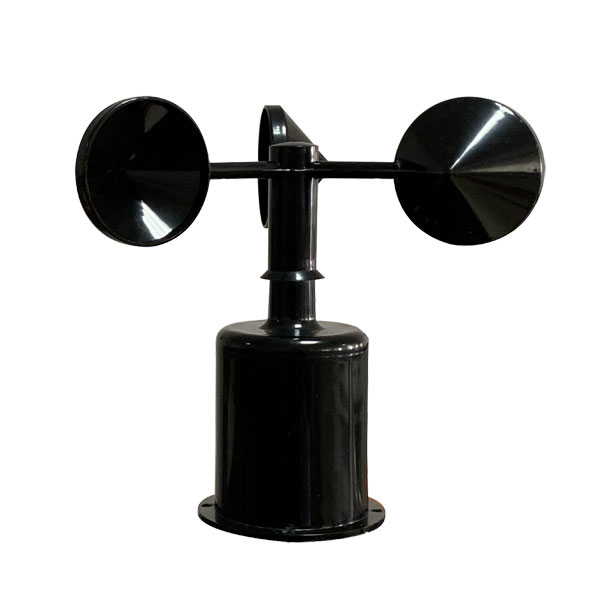 | 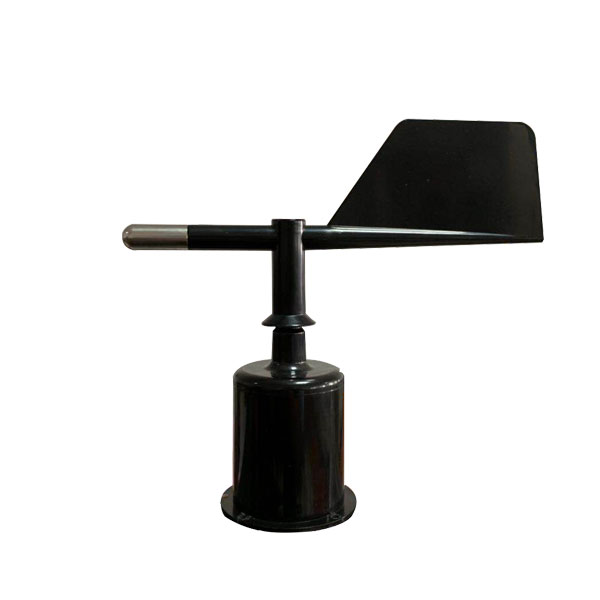 | 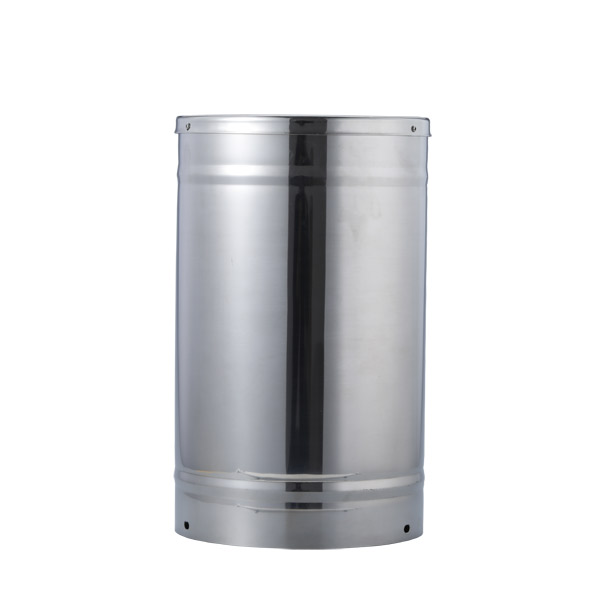 | 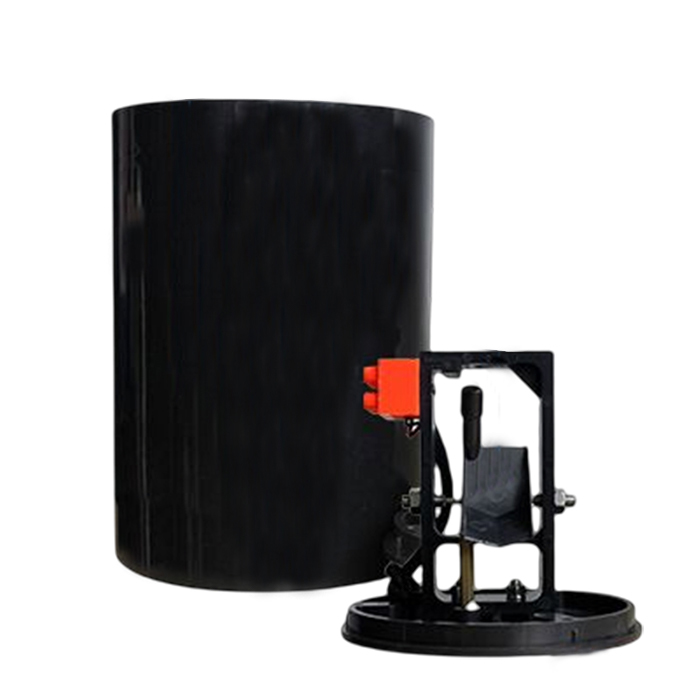 | 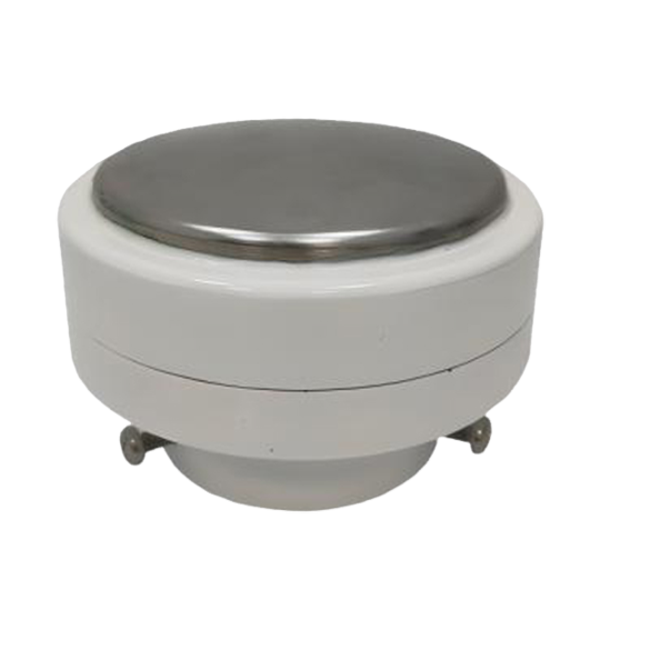 |
| Anemometer Wind Speed sensor | Wind direction sensor | Tipping bucket rain gauge sensor | Tipping bucket rain gauge sensor | Piezoelectric Rain Gauge |
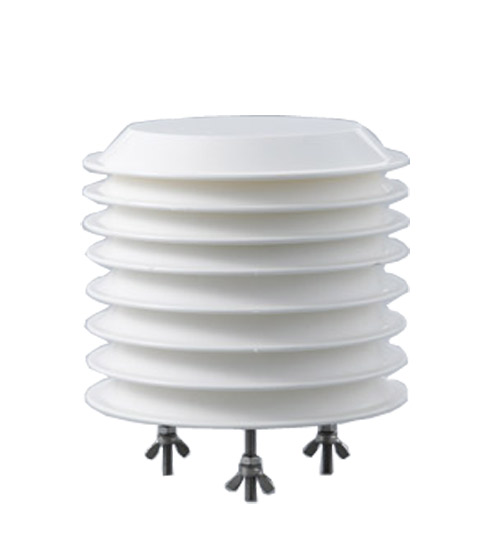 | 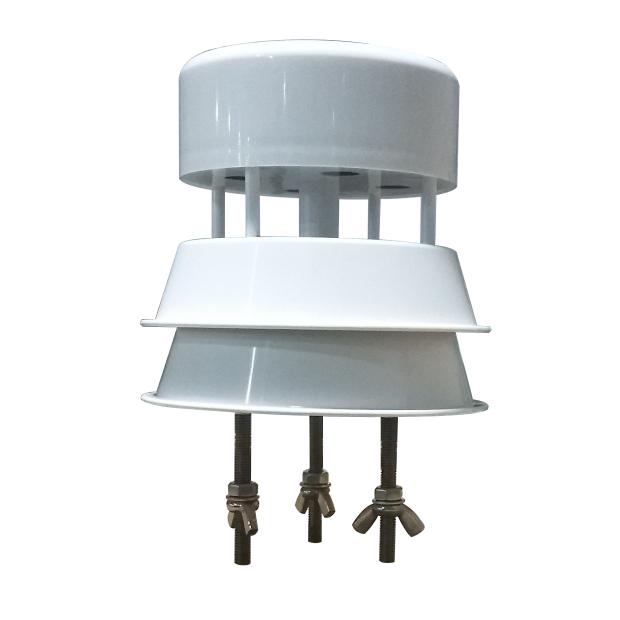 | 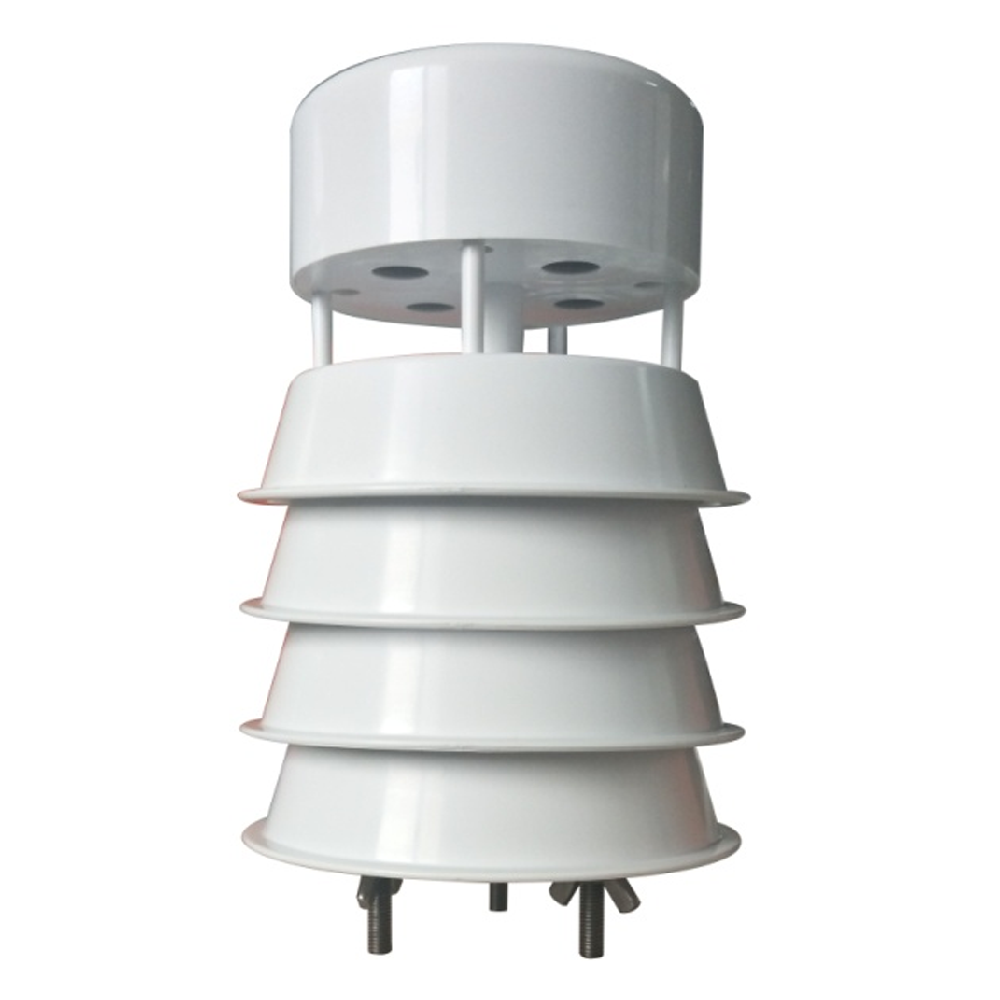 | 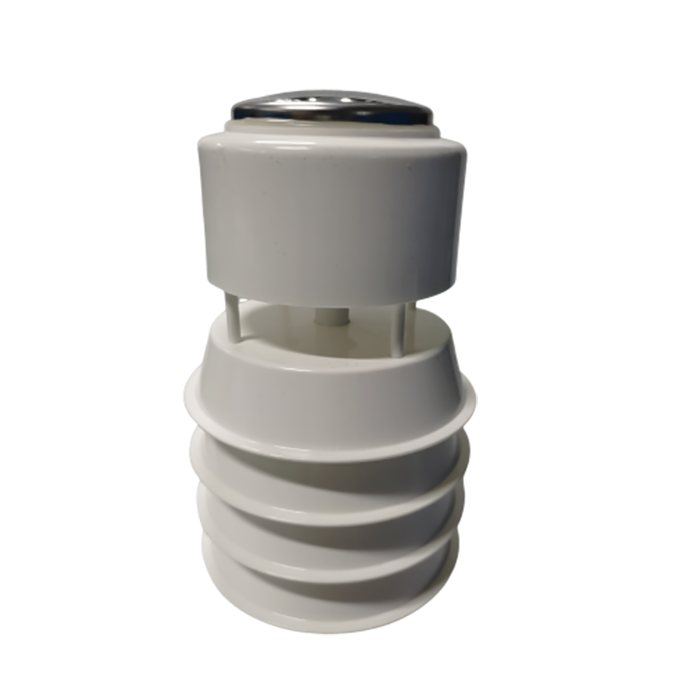 | 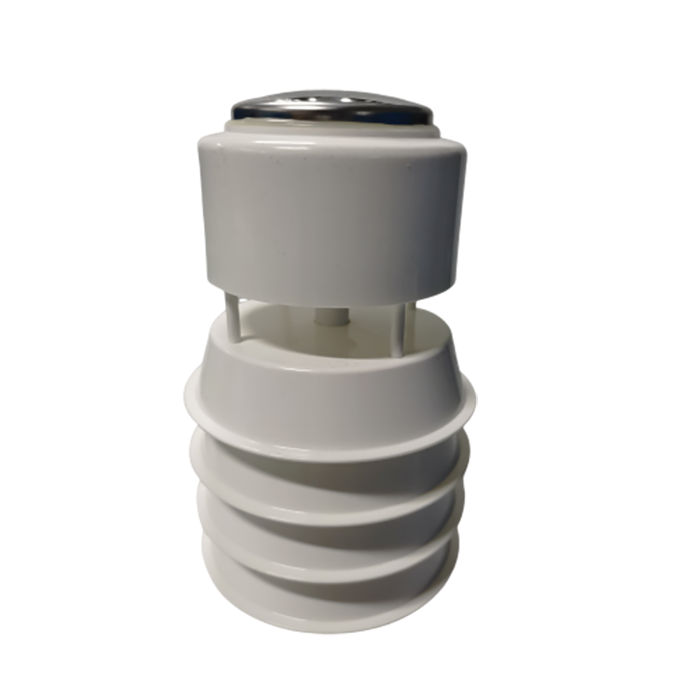 |
| Atmospheric Temperature Humidity air pressure Sensor | ultrasonic wind speed and direction sensor | 5 in1 Ultrasonic Weather Station Sensor | 6 in1 Ultrasonic Weather Station Sensor | 7 in1 Ultrasonic Weather Station Sensor |
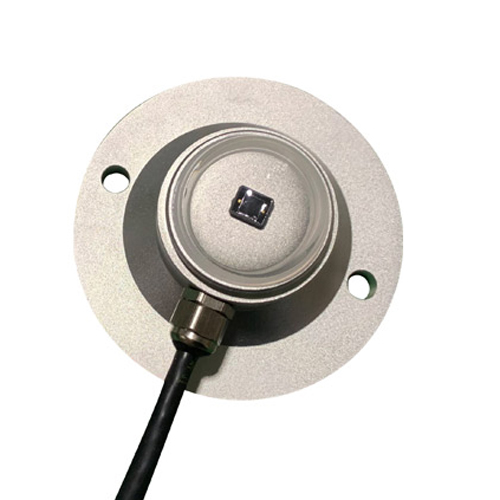 | 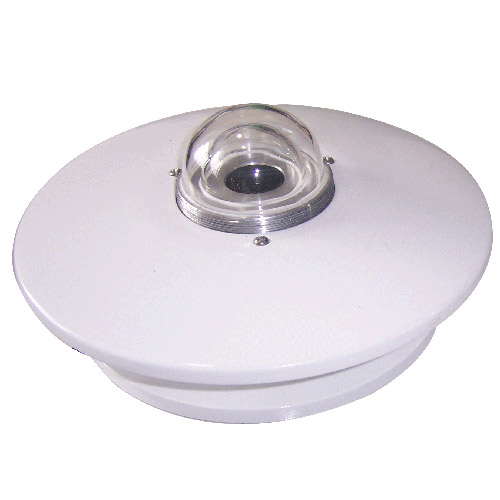 | 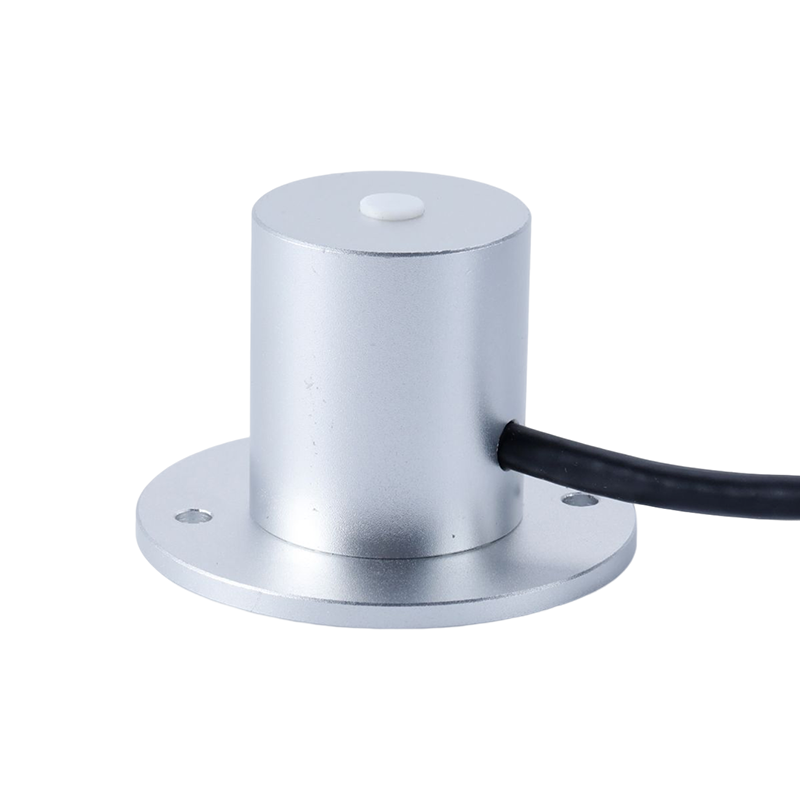 | 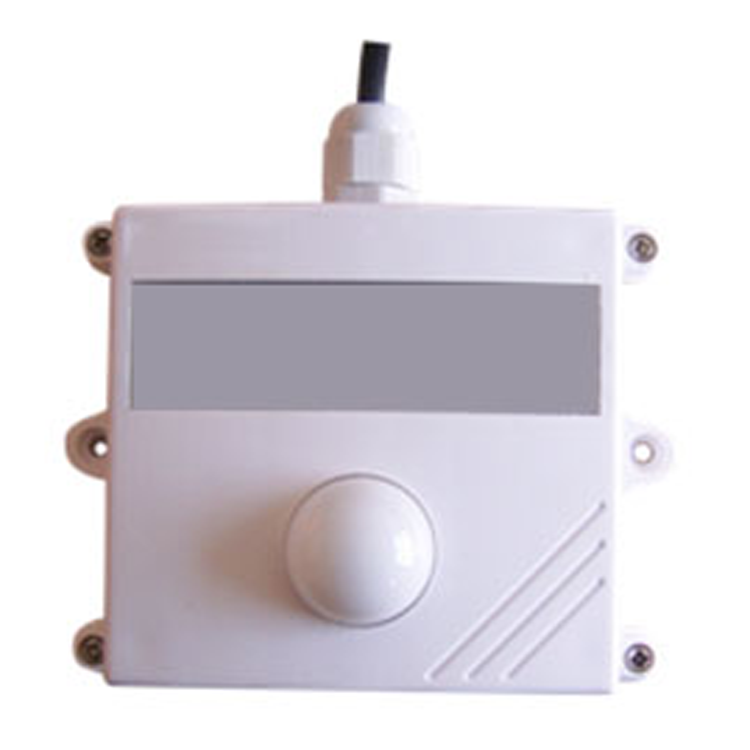 | 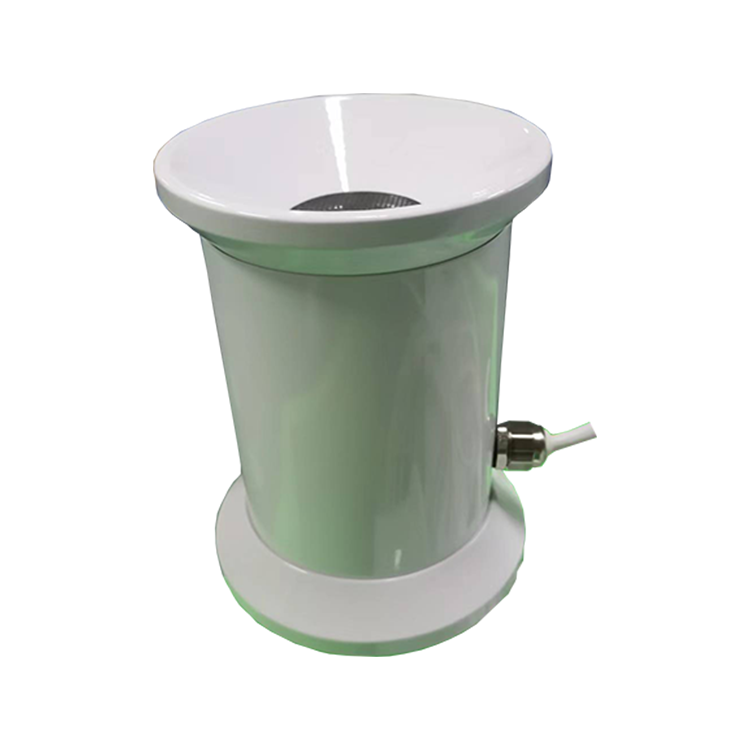 |
| Solar Radiation Sensor | Solar Radiation Sensor | Photosynthetically Active Radiation Sensor; | illumination sensor | Ultrasonic Snow Depth Sensor |
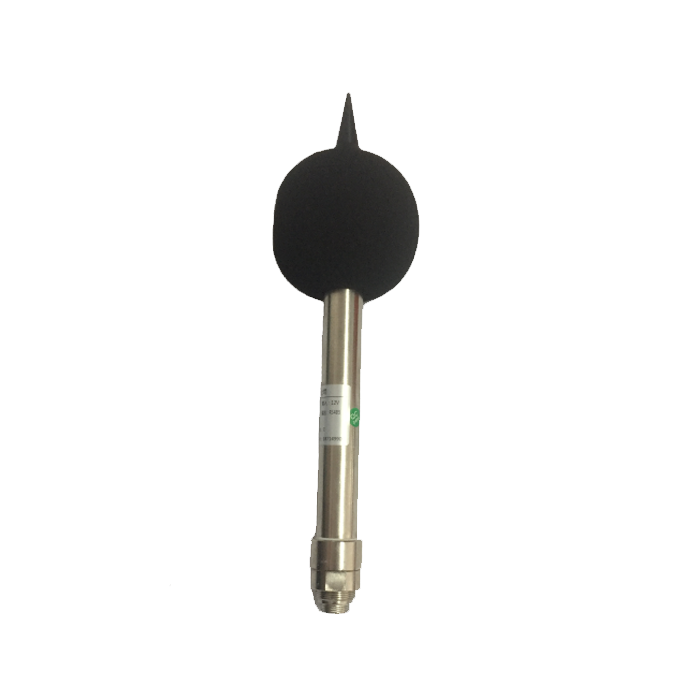 | 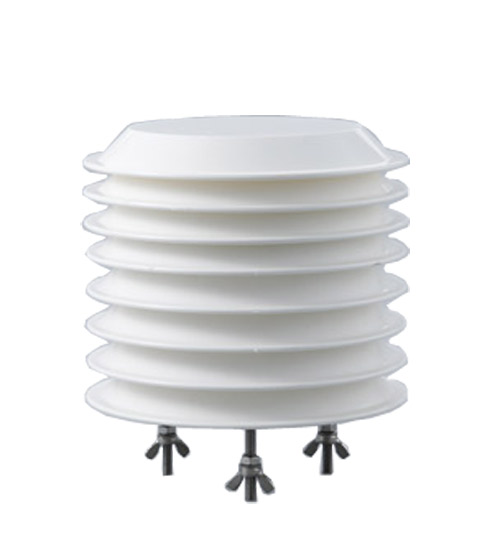 | 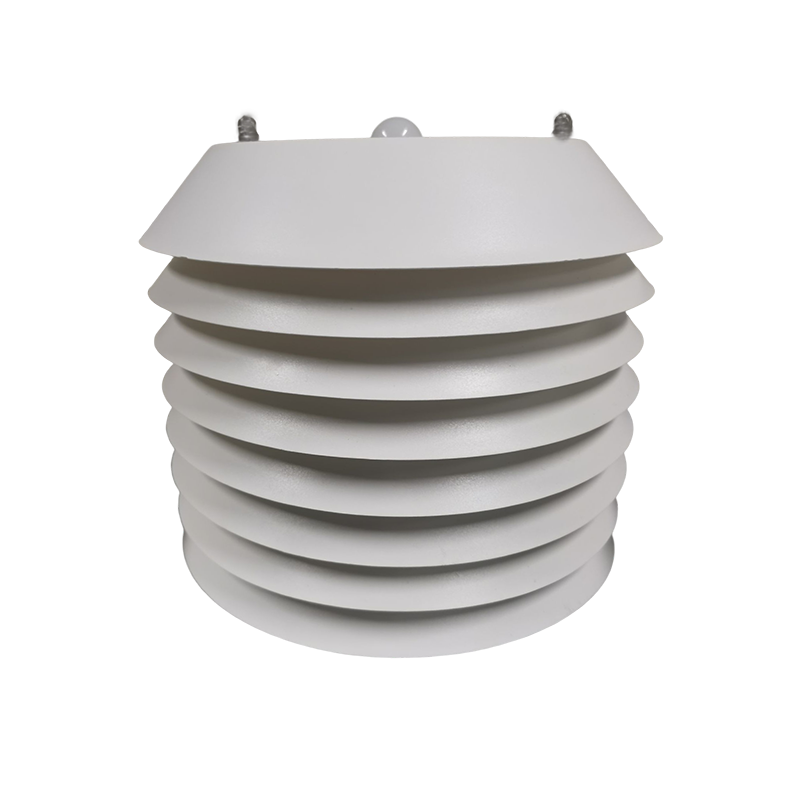 | 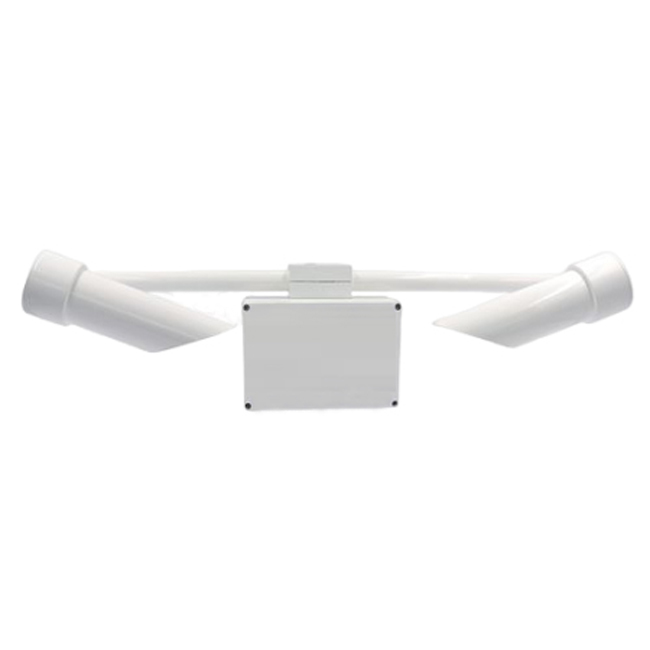 | 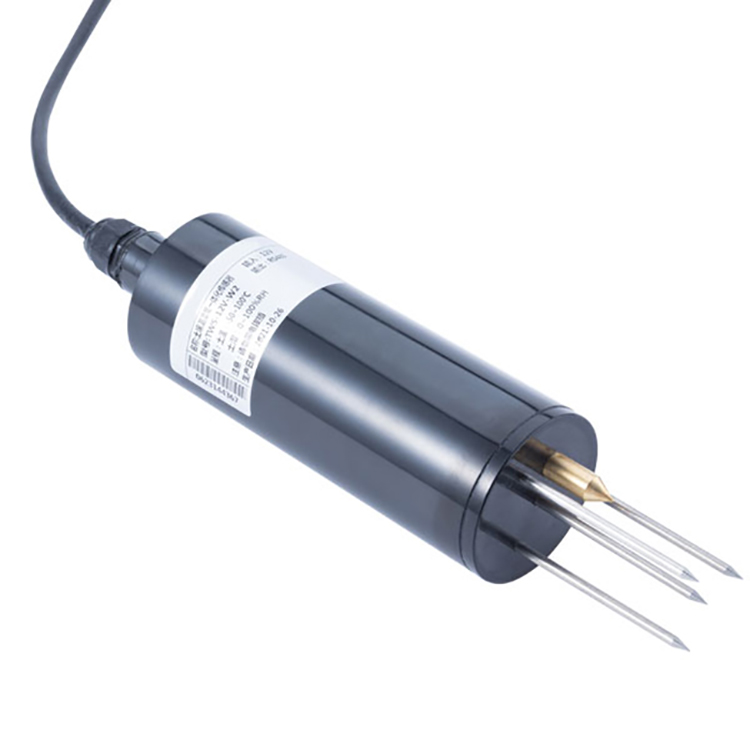 |
| Noise measurement sensor | Carbon dioxide(CO2) sensor | PM2.5 and PM10 sensors | Visibility sensors | Soil Moisture Temperature sensor |
Weather station is a facility used to observe and record meteorological elements with the aim of providing meteorological data and information for use in weather forecasting, climate research, agriculture, transport and other areas. Weather stations are usually equipped with a variety of instruments and devices to measure and monitor meteorological parameters, including air temperature, humidity, air pressure, wind speed, wind direction, precipitation, etc.
1. Temperature Sensor: Used to measure the temperature of the air and ground. It provides current temperature data and also records temperature changes over time. This is important for monitoring weather changes, climate trends, and agricultural management.
2. Humidity sensor: Used to measure the humidity in the air, i.e. the amount of water vapour in the air. It provides current humidity data and also records changes in humidity over time. Humidity data is critical for predicting precipitation, assessing evaporation rates, and judging crop growing conditions.
3. Wind speed and direction sensors: These are used to measure the speed and direction of the wind. They can provide current wind speed and direction data and also record changes in wind direction and speed over time. This is important for weather forecasting, aviation, meteorological research and wind energy utilisation.
4. Barometric pressure Sensor: Used to measure atmospheric pressure. It provides current barometric pressure data and also records changes in barometric pressure over time. Barometric pressure data is critical for weather forecasting, climate research and ocean prediction.
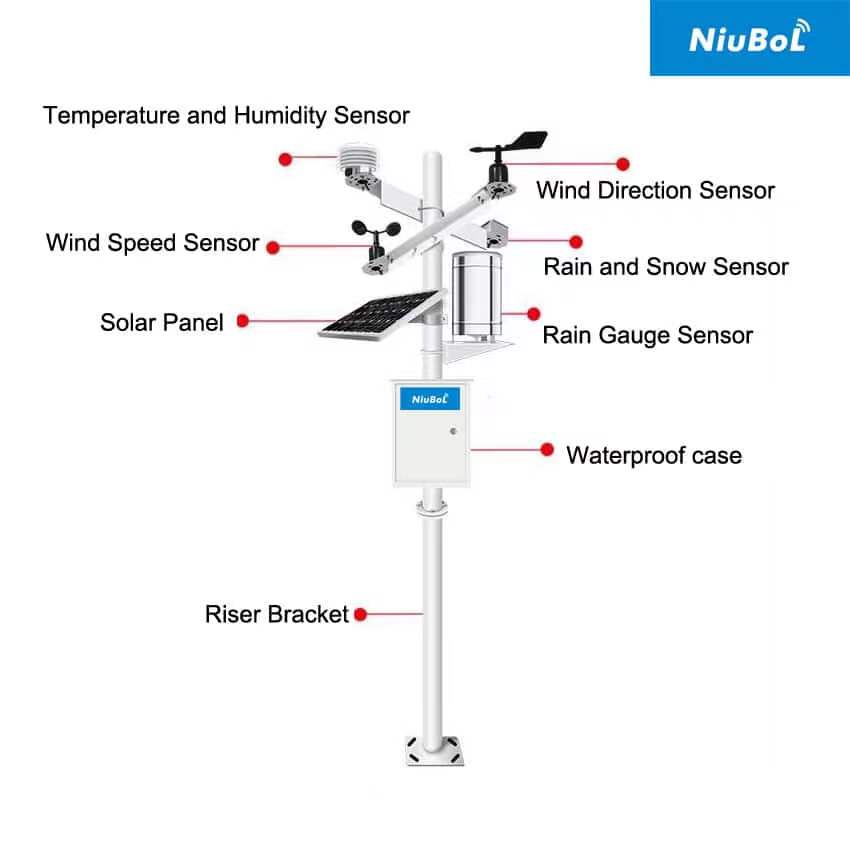
5. Precipitation Sensor: Used to measure the amount and intensity of precipitation. It provides current precipitation data and can also record precipitation over time. Precipitation data is important for water resource management, flood warning and agricultural irrigation.
The role of these sensors is to collect and record different meteorological elements, and by providing accurate and continuous meteorological data, they help people to better understand and predict weather changes, analyse climate trends, and make decisions about agricultural management, aviation safety, and more.
In addition to these basic sensors, Automated Weather Stations (AWS) can include other additional sensors and instruments such as radiometers for measuring solar radiation, soil moisture sensors for monitoring soil moisture, etc. Their roles are listed below:
Solar Radiation Sensor : A solar radiation sensor is used to measure the intensity of solar radiation and can help in understanding the impact of solar radiation on the environment and ecosystems. It usually consists of a light-sensitive element and a data logger. The light-sensitive element detects the intensity of solar radiation and the data logger stores the collected data and sends it to an AWS data centre or other device for analysis.
Soil Moisture Sensor : Soil moisture sensors are used to measure the moisture content in the soil. They help farmers and gardeners know how moist the soil is so they can irrigate as needed. This helps avoid wasting water and optimise growing conditions for crops. They usually include a probe and a data logger. The probe can be inserted into the soil to measure moisture content, and the data logger can store and transfer the data to an Automated Weather Stations (AWS) data centre or other device for analysis.
In summary, the Solar Radiation Sensor and Soil Moisture Sensor can provide useful meteorological and environmental data to help people better understand changes in solar radiation and soil moisture. These data are important for agriculture, ecological conservation, and natural resource management.
Automated Weather Stations (AWS) are devices that automate the measurement of weather data, including temperature, humidity, wind speed and direction, rainfall, etc. AWS consists of multiple sensors that monitor weather changes in real time and collect data that can be used to predict weather and analyse climate trends. Here's some of what AWS does:
Collecting weather data:Automated Weather Stations (AWS) collects weather data such as temperature, humidity, wind speed and direction, rainfall, and more. This data can be used to predict weather, analyse climate change and study meteorological phenomena.
Real-time monitoring of weather changes: Automated Weather Stations (AWS) monitors weather changes in real-time and provides instant data updates. This is important for managing farmland, water resources, energy and aviation.
Improve agricultural productivity: AWS can help farmers make better decisions by providing accurate weather information on how to adjust farming schedules, choose the right crop varieties, and perform proper irrigation and fertilisation.
Improve transport safety: AWS can provide accurate weather data to improve transport safety. For example, automated AWS installations on roads can provide real-time information about road conditions to help drivers make smarter routing choices.
Protecting the Environment: Automated Weather Stations (AWS) can help monitor climate change and study meteorological phenomena, providing vital information to protect the environment. For example, AWS can be used to monitor extreme weather events such as heavy rainfall, flooding and hurricanes.
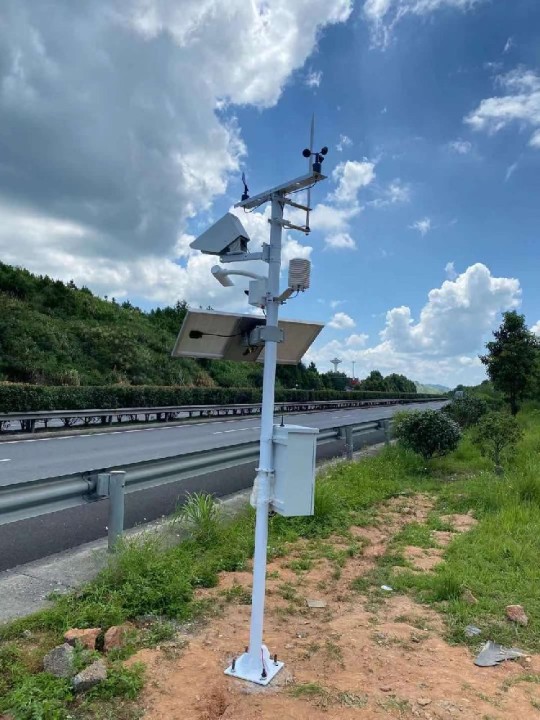
Automated Weather Stations (AWS) pricing varies by vendor, configuration, and features. Different AWS vendors may offer a variety of different options and customisations. In general, AWS prices usually include the cost of hardware equipment, sensors, data loggers, communications equipment, software, and installation and maintenance.
For a basic AWS system, prices can range from a few thousand dollars to $10,000 USD. This price range depends largely on the type and number of sensors selected, the frequency of data collection, the data storage capacity, the communication method (e.g., wired or wireless), and the vendor's brand and services.
If more advanced and customised features are required, such as more sensor options, more sophisticated data analysis tools or professional technical support, the price may be higher. Prices for large, high-precision or special-purpose AWS systems may increase further.
The cost of AWS installation and maintenance also needs to be considered. Installing an AWS system may require specialists to perform on-site installation and commissioning, and to ensure that the sensors are operating correctly. Maintaining an AWS system requires regular calibration, inspection and repair to ensure data accuracy and reliability.
In summary, prices for Automated Weather Stations (AWS) vary depending on a number of factors. If you have specific needs, we recommend contacting your AWS provider for a customised quote and detailed information.
Overall, Automated Weather Stations (AWS) is a very useful automated weather monitoring device that collects and records weather data through multiple sensors and instruments to provide accurate and continuous weather information. It can help people to predict weather and analyse climate trends, increase agricultural productivity, improve transport safety, protect the environment and bring many other benefits.
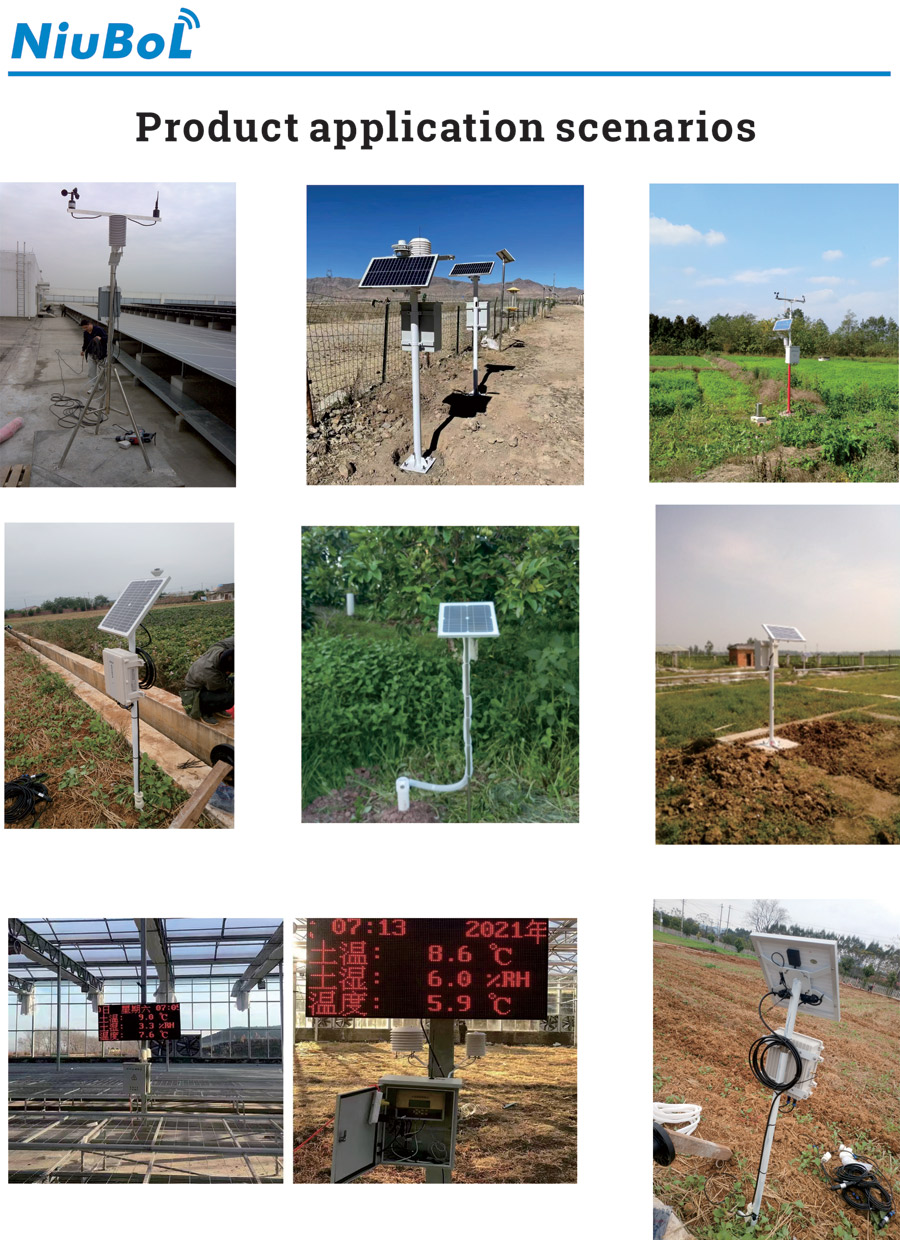
Weather-Stations-Catalog-NiuBoL-2024.pdf
Sensors & Weather Stations Catalog
Agriculture Sensors and Weather Stations Catalog-NiuBoL.pdf
Weather Stations Catalog-NiuBoL.pdf
Related recommendations
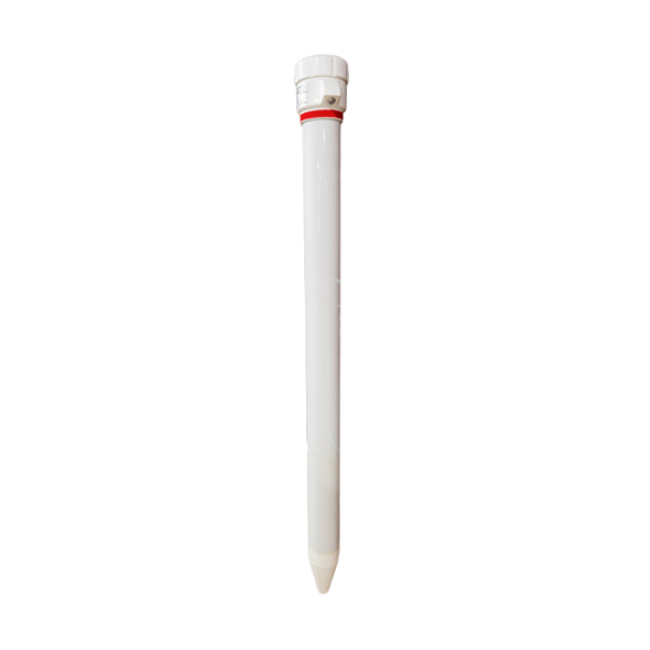 Multi-Depth Soil Sensor RS485
Multi-Depth Soil Sensor RS485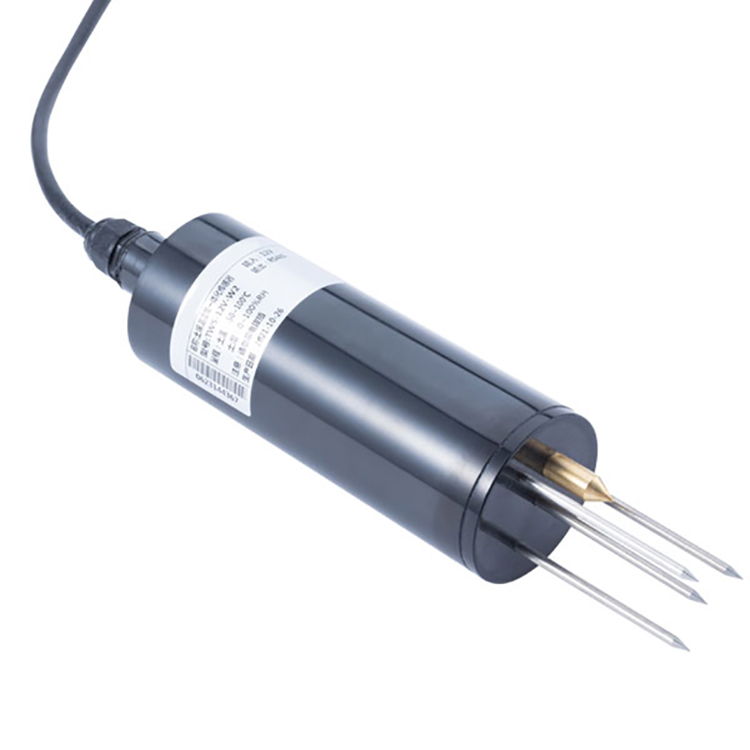 TDR Soil Moisture Sensor
TDR Soil Moisture Sensor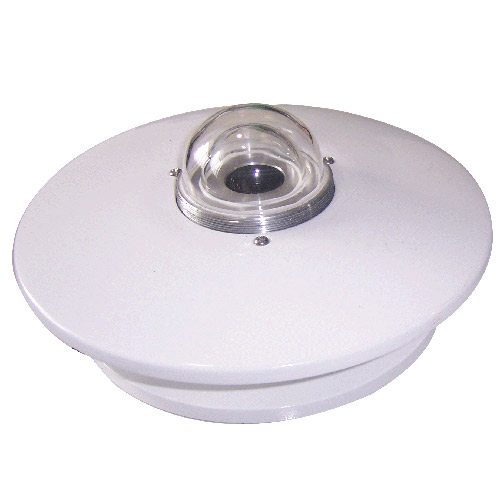 Pyranometer Solar Radiation Sensors
Pyranometer Solar Radiation Sensors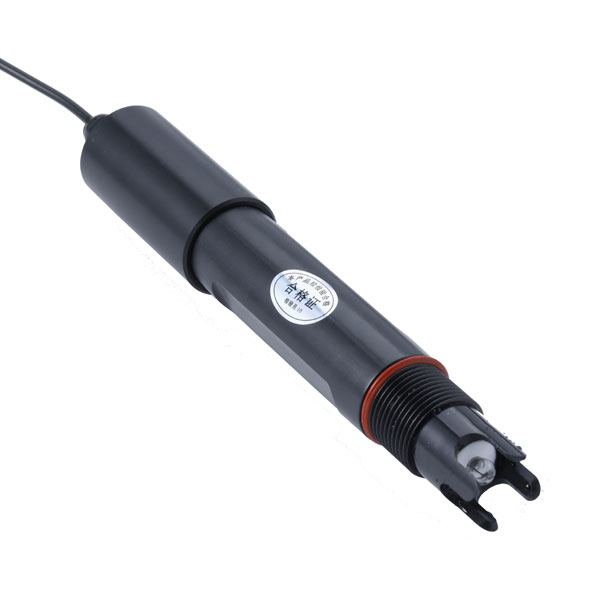 Soil ph sensor
Soil ph sensor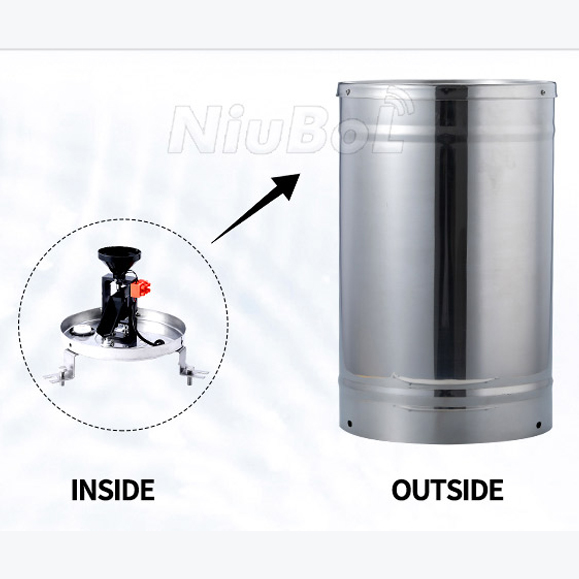 Tipping Bucket Rain Gauge
Tipping Bucket Rain Gauge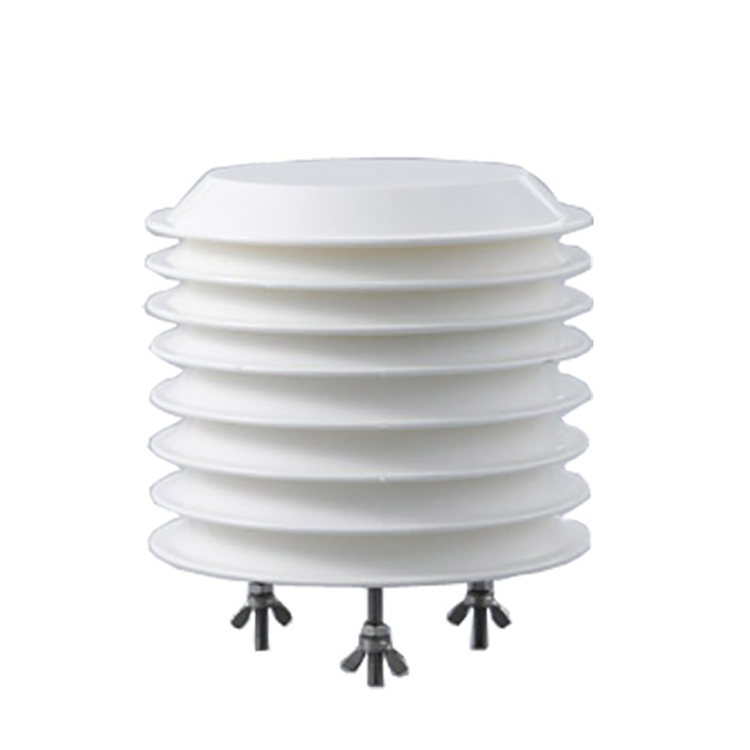 Air Temperature and Humidity Sensor
Air Temperature and Humidity Sensor
Screenshot, WhatsApp to identify the QR code
WhatsApp number:+8615367865107
(Click on WhatsApp to copy and add friends)
